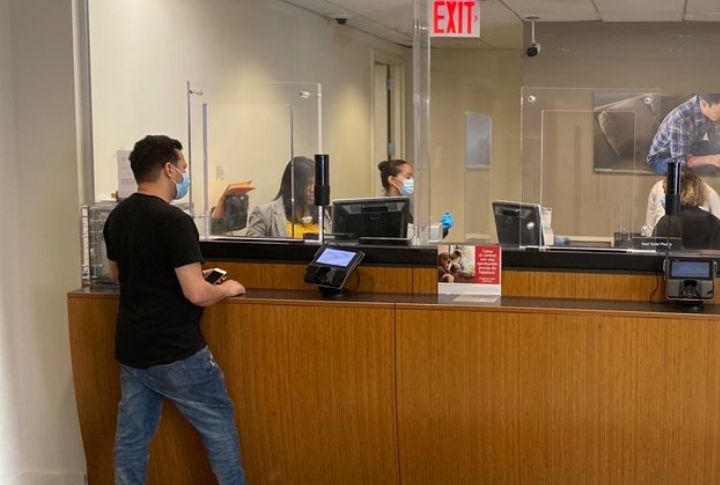
One would assume that withdrawing money from your bank account would not be an issue, as it is your hard-earned money that you kept with the bank. But as soon as that amount hits the five-digit mark, the process gets a little more complicated. So, what really happens when you withdraw $10,000 or more from your own account? Here is the detailed process you need to know.
What Will The Bank Do?
Banks operate under the Bank Secrecy Act (BSA), which requires reporting any cash transaction of $10,000 or more to the Financial Crimes Enforcement Network (FinCEN), a branch of the U.S. Treasury. This report is called a Currency Transaction Report (CTR). You might not even notice this form being filed, but it happens automatically. The teller enters your details into a system that flags the transaction for compliance review.
Behind-The-Scenes Process
Once your withdrawal request enters the system, it is routed to the bank’s compliance department, where specialists ensure all legal requirements are met. It is a mandatory government action to prevent money laundering, tax evasion, and fraudulent activity. This also means that your request undergoes a digital scrutiny to identify the source of funds and the transaction pattern.
If it is a one-time withdrawal from your savings for, say, a car purchase or home repair, you’re likely in the clear. But if your transaction patterns show frequent large cash movements or inconsistent income sources, it could raise what’s known as a Suspicious Activity Report (SAR). These reports are simply the bank’s way of staying on the right side of federal law. In fact, most customers will never know if a SAR has been filed.
Why $10,000 Is the Magic Number?
The figure dates back to 1970, when the U.S. government passed the Bank Secrecy Act to crack down on organized crime using banks to launder money. Although $10,000 was a significant amount at the time (roughly $75,000 in modern currency), the amount remained constant. Therefore, even though inflation has reduced its real-world value, the threshold is still the same, which is why reporting requirements are still in place today.
Interestingly, withdrawing smaller amounts to avoid the $10,000 mark is known as structuring, and it’s illegal. To regulators, that looks like an attempt to dodge reporting rules, which can actually invite more scrutiny than a single large withdrawal.
Your Checklist For A Smooth Withdrawal
If you genuinely need to withdraw a large sum, the best approach is to be transparent.
- Notify your bank in advance (one or two days prior).
- Bring valid identification (driver’s license, passport).
- Explain your purpose briefly and honestly.
- Ensure you have a safe storage plan.
When handled openly, most banks are cooperative and efficient. The entire process can be done within minutes, especially if you’re a long-time customer in good standing.
The Core Message
Withdrawing $10,000 or more isn’t illegal or inherently risky, but it is highly visible. Both online and on paper, the trail exists to ensure accountability across today’s digital economy. Avoid splitting withdrawals to dodge scrutiny, and communicate openly with your bank. A little foresight keeps the process smooth.
